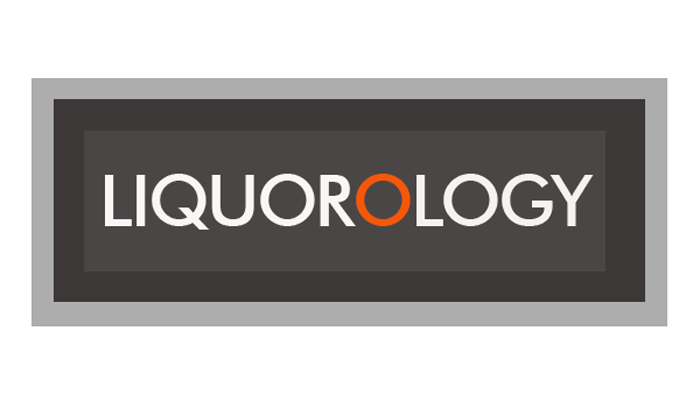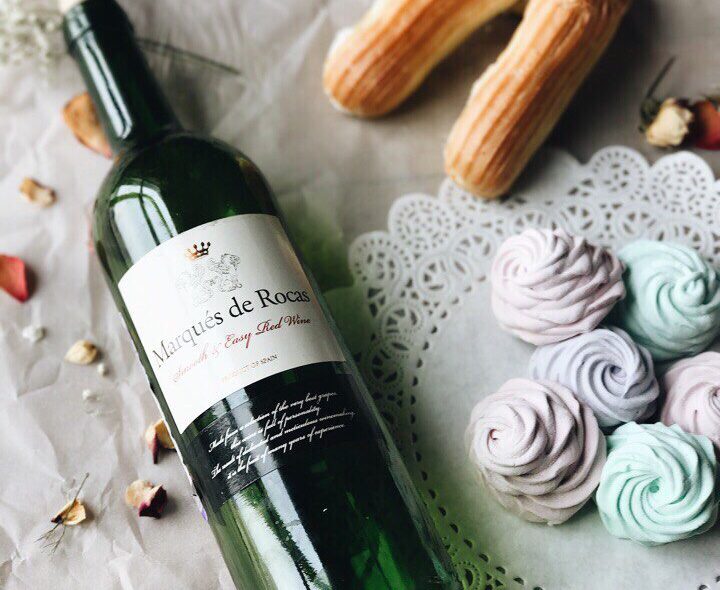Cutting back on alcohol, even for one or two nights a week, doesn’t mean you need to feel left out at dinner time. Thanks to the growth of the moderation movement there are more low-alcohol wines (wines with an ABV of 1.15% or lower) on the market than ever before, and the best part is, you don’t have to compromise on flavour (or clinking your wine glass to say “cheers”).
Matching Low and No-Alcohol Wine with Food
Low-alcohol wines are designed to taste like their full ABV counterparts, so unlike water or soft drinks they really shine when paired with all your favourite dishes. Think sparkling wine with oysters, dry whites with roast chicken or rich and round reds with winter stews. You could even match a different variety of low-alc wine to each course.
The secret to successful food and wine matching lies in choosing a wine to either complement or contrast your meal. This rule applies to no and low alcohol wines too. Refreshing dry wines with little oak or tannin are great with salty or acidic dishes (think tomato-based pasta sauces). Meat-based dishes are good with oaky reds, because the tannins help cut through any fat. Whites – both dry and sweet – work well with a range of cheeses. Try drier examples with creamy camemberts and bries, and sweeter examples with stronger cheeses like a blue or gorgonzola.
The process of fermentation turns sugar into alcohol. This means some lower-in-alcohol wines naturally have higher sugar content. It’s not a bad thing – sweeter low-alcohol wines really shine with spicy dishes, because the sugar plays off the chili. They’re great with desserts too, because the sugar in the dish won’t overwhelm the sugar in the wine. If you’re not sure what’s on the menu, low alcohol sparkling wines are a good option, because sparkling wines go with just about everything. Lindeman’s 0.5% Low Alcohol Sparkling Chardonnay Pinot Noir has that sharp, dry edge that a lot of us look for in a good bottle of bubbles. And if you’re off to a dinner party, Edenvale Premium Reserve Low Alcohol Blanc de Blanc is another safe bet with its ripe apple and citrus notes. It also makes a great gift for your host, what with its sleek and stylish label.
Technological Advances
Other than alcohol content, there’s one major difference between standard and low alcohol wines. It comes down to roundness of flavour, or mouthfeel. Alcohol adds a richness and structure to a wine, and producers of alcohol-free wines have been hard at work to replicate the effect. The result? Wine lovers have more options than ever thanks to their technological advances.
Modern winemakers can choose from a number of ways to make alcohol-free wine taste dry while retaining the structure that would usually come from alcohol. One of the most popular is de-alcoholisation, where the alcohol content is removed. Aussie label McGuigan’s new Zero range is a good example. It uses spinning cone technology and low temperatures to remove alcohol after the fermentation process.

